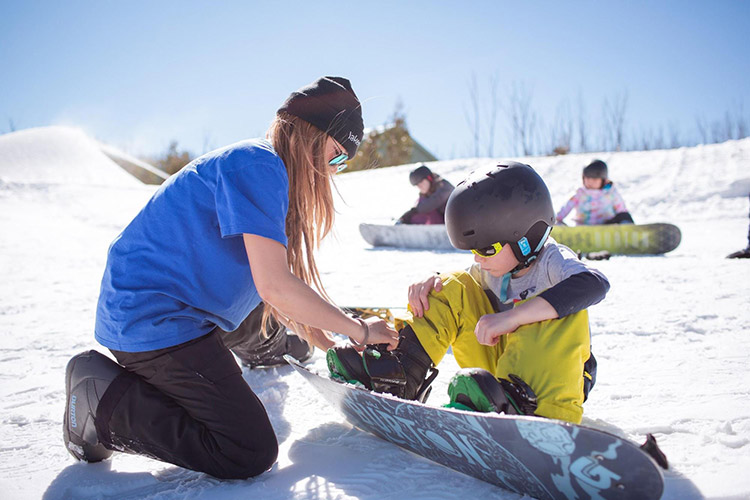Choosing the right jacket and pants for snowboarding comes down to a range of different variables. Often the climate is one of the key players in determining what kind of outer layers you’ll need to take with you. Us Melbournians understand that while our winters can be icy, it’s nothing compared to the negative degree winters in Canada.
When it comes to choosing your jacket the two main factors to look out for are waterproofing and breathability. Wearing non-waterproof gear on the mountain isn’t exactly ideal (for obvious reasons). No matter the weather, you’re likely to get wet and without the proper protection, cold! However, if you don’t find a jacket that offers breathability it can cause you to sweat and overheat.
Personal preference also plays a role in choosing your snow gear: Do you like a snug fit, or would you prefer something a little more baggy and forgiving?
Most snowboarders opt for the “baggy look” as it suits the style of a snowboarder, as well as offering more flexibility to move.
There are many different styles and fits to choose from, so we suggest you try on as many as you can before making a purchase! And remember, it can’t hurt to have more layers, just in case.
How To Choose Your Snowboard Jacket & Pants
Yes, the most important layers (to most) are your base and mid-layers. Why? These layers are your safeguard against harsh weather. If your pants and or jacket get too wet then you’re going to be relying on these undergarments to keep you dry.
A good quality base layer is important, so we recommend you splurge a little on this layer. You’ll thank us later.
The mid-layer is the main insulating layer, essentially helping to keep the warmth trapped close to your body. A fleece, thin down jacket or merino wool jumper are all popular choices when it comes to the mid-layer. If you’re travelling to particularly cold climates then we suggest packing a down jacket, most of which are fairly compatible making it easy for you to carry an extra layer with you. As we were saying earlier about choosing the right snow jacket, be sure that your mid-layer is also water resistant – it’s better to be safe than sorry.
Mid-Layers are great as they allow you to easily add or subtract layers from your body depending on the weather.














